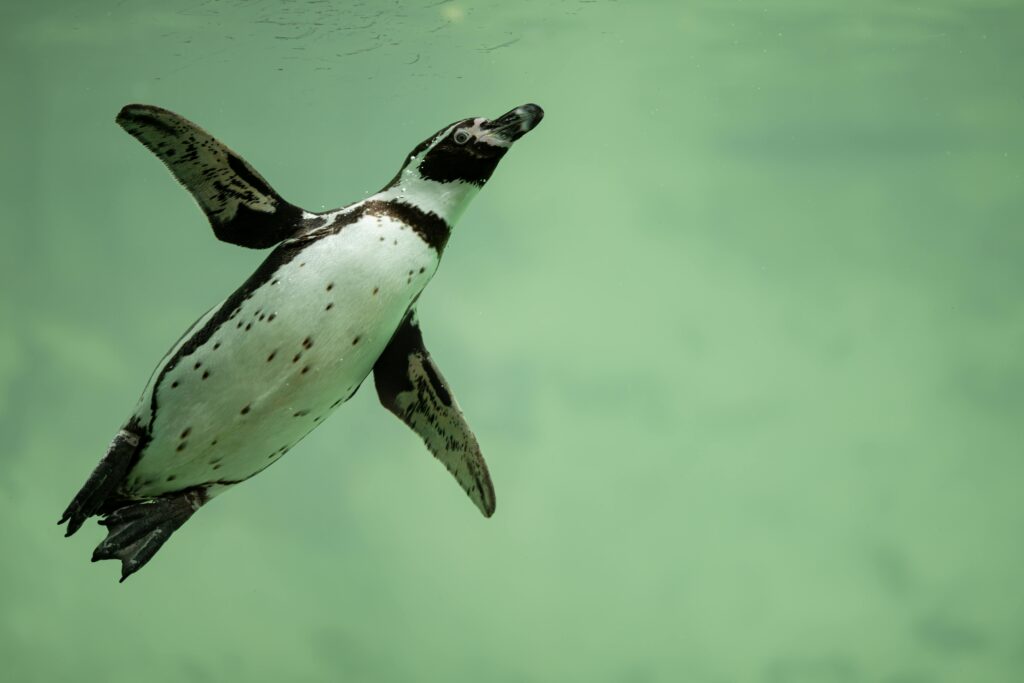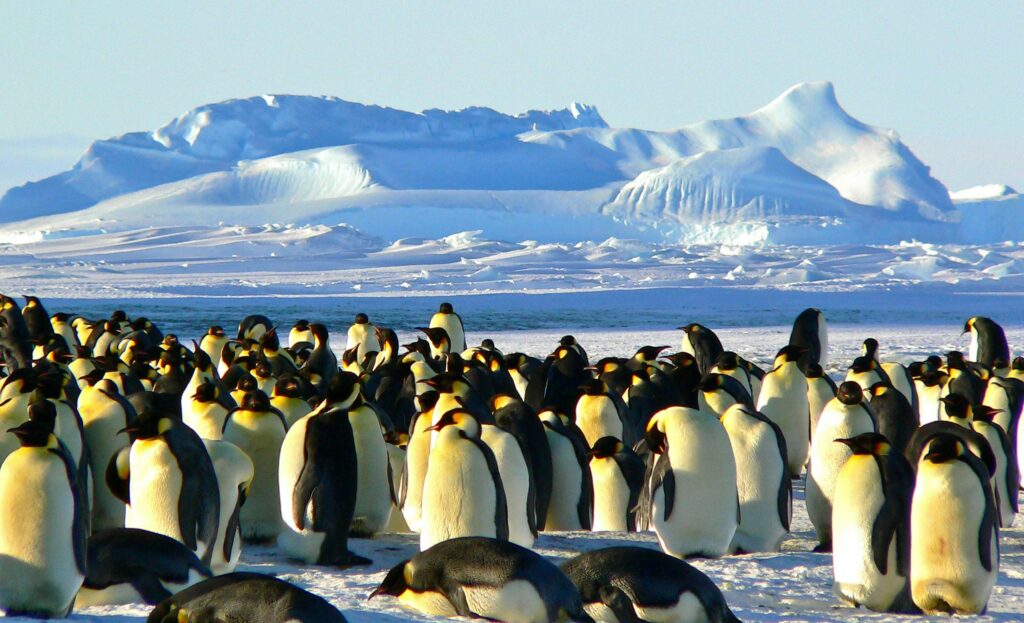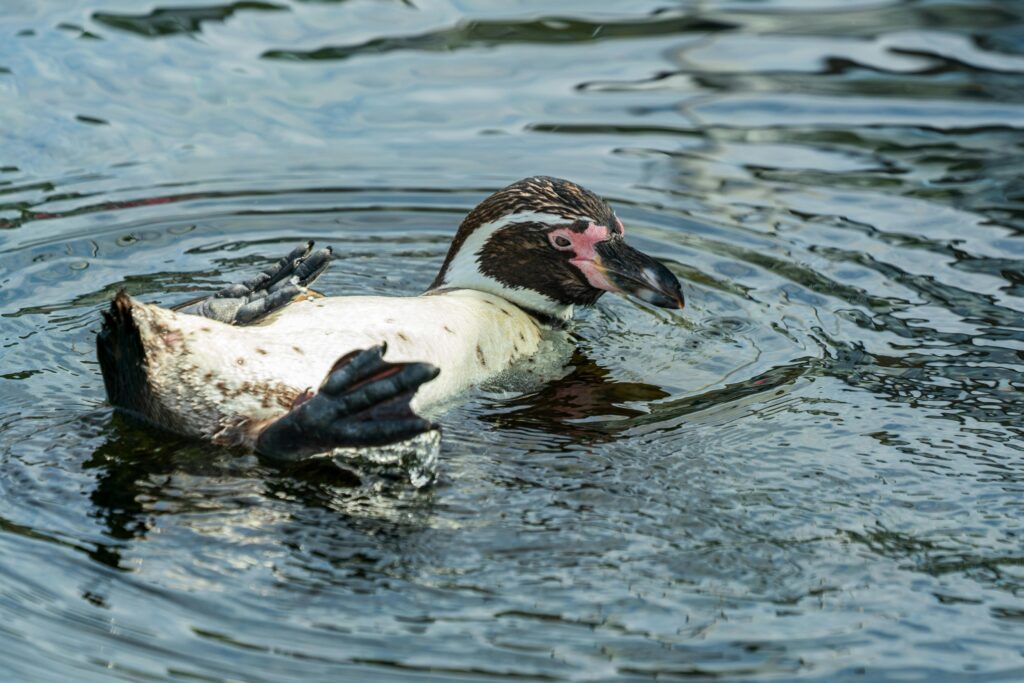The Underwater Speedsters of the Southern Seas
When we think of penguins, we often picture their clumsy waddle on land—adorable, a bit awkward, and endlessly charming. But beneath the surface of the ocean? That’s where penguins transform into torpedo-like speedsters. These tuxedoed birds, though flightless in the air, are absolutely aerodynamic underwater. So how fast can they actually swim? Let’s dive in.
Not All Penguins Swim Alike
There are 18 species of penguins, and while they all swim remarkably well, some species are true Olympic athletes. On average, most penguins swim at speeds of 5 to 10 km/h (3 to 6 mph). But some species have been clocked at much faster rates.
- Gentoo Penguins hold the current speed record. They’ve been observed reaching up to 36 km/h (22 mph)—that’s faster than a dolphin’s casual cruise!
- Emperor Penguins, the largest of the bunch, typically cruise at around 6 to 9 km/h (3.7 to 5.6 mph) but can burst up to 12 km/h (7.5 mph) when needed.
- Adélie Penguins, known for their agility, average about 7 to 9 km/h.
Speed depends not just on species but also on the penguin’s purpose: escaping predators, catching prey, or traveling long distances.
What Makes Penguins So Fast in Water?
Penguins’ swimming prowess is no accident—it’s the result of incredible evolution:
- Streamlined Bodies: Their torpedo-shaped physique minimizes drag and maximizes glide.
- Powerful Flippers: Unlike typical birds that flap for lift, penguins use their wings as flippers, slicing through water with precision.
- Dense Bones: While most birds have hollow bones for flight, penguins have dense, heavy bones that help them stay submerged and control buoyancy.
- Hydrodynamic Feathers: Their waterproof feathers trap a thin layer of air, reducing resistance and adding lift underwater.
It’s a bit like comparing a seal to a dolphin—penguins are the perfect blend of muscle and hydrodynamics.
Curious how penguins survive without Freshwater? Click here to find out!
Porpoising: The Penguin Leap
If you’ve ever seen a penguin leap from the water like a dolphin, you’ve witnessed a behavior called porpoising. This high-speed leap allows penguins to breathe without slowing down and helps them evade predators like leopard seals.
During porpoising, penguins can briefly reach top speeds, using momentum and water resistance to their advantage. It’s also how they sometimes launch themselves straight onto ice ledges—graceful and purposeful.
Why Speed Matters
In the wild, speed isn’t about looking cool—it’s survival.
- Predator Evasion: Leopard seals, orcas, and sea lions are formidable hunters. A penguin’s ability to dart and zigzag underwater can mean the difference between life and death.
- Efficient Hunting: Faster swimming lets penguins chase schools of fish, squid, or krill more effectively, especially in cold, energy-draining waters.
- Long-Distance Travel: Some species, like the Emperor Penguin, travel hundreds of kilometers in search of food. The faster they swim, the more efficient their journeys.
Penguins vs. Humans: Who Wins the Race?
Let’s put penguin speed in perspective. An Olympic swimmer like Michael Phelps can hit about 6.5 km/h (4 mph). That’s slower than your average penguin! A Gentoo penguin could quite literally swim circles around us.
And unlike humans, penguins don’t need goggles, snorkels, or flippers—they are the flippers.
Final Splash
So, next time you see a penguin waddling on land, remember this: beneath the waves, they are elite athletes of the sea. Whether they’re darting away from danger or chasing a tasty fish, penguins are designed to move—and move fast.
In a world where flightless birds still manage to soar, penguins remind us that speed doesn’t require wings. Sometimes, all you need is a good dive.




